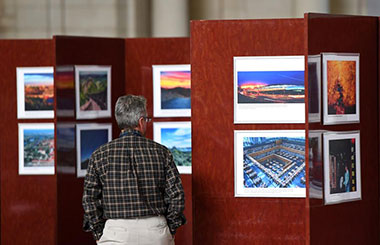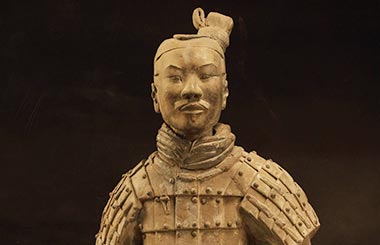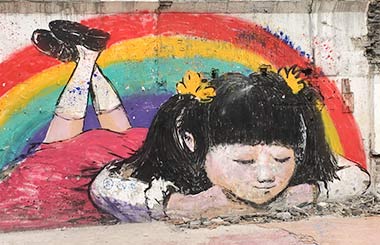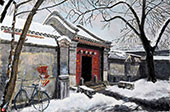New dance center offers a global stage
By Zhang Kun in Shanghai ( China Daily ) Updated: 2016-09-12 07:34:15
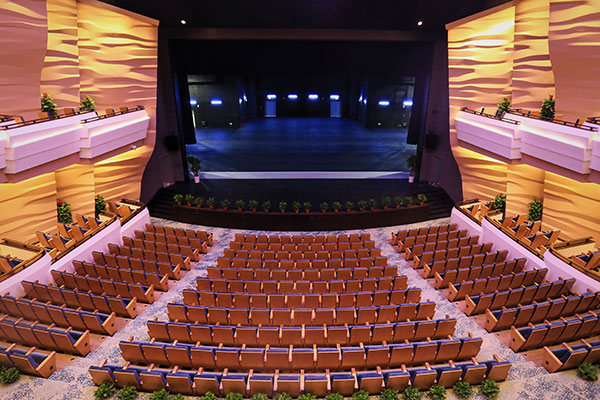 |
|
A theater with more than 1,000 seats is the core of the center.[Photo provided to China Daily] |
"We will also have guest dancers, choreographers and dance teachers from abroad," Xin says.
Chen says brand-new apartments for dancers have also helped to lure talent from other parts of China.
Zhu Guang, a veteran journalist and culture critic based in Shanghai, says the launch of a new theater of more than 1,000 seats means one more cultural landmark in Shanghai, but more importantly, indicates innovation and new impetus for the cultural development of the city.
The center sits in the Hongqiao residential area in the western side of the city. For decades, Hongqiao has been a residential community for expats and wealthy Chinese. The area has plenty of fine diners and shopping centers. Yet there was no major cultural facility.
"The lack of a signature cultural facility has made the area less perfect. Together with a new art space, Liu Haisu Art Museum next door, the new dance theater has filled a cultural gap," she says.
Both the new museum and the dance center are part of the 12th Five-Year Plan (2011-15) for cultural establishments in Shanghai, and construction began in 2012.
The center covers 39,100 square meters.
The new center is where the Shanghai Dance School used to be. Both Chen and Xin studied there in the 1970s.
"It was a quiet suburb at that time. The last bus left at 8:30 pm," Xin recalls. "Now the metro station is right at our gate."
|
|
|
|
|
|
|
|

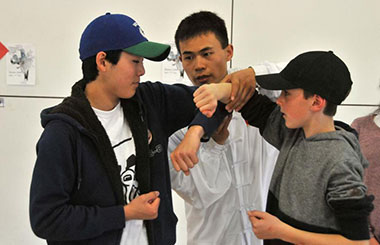
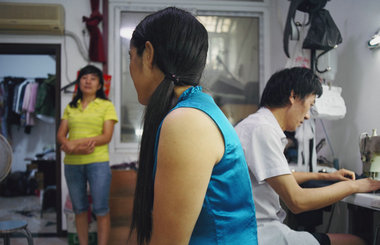
















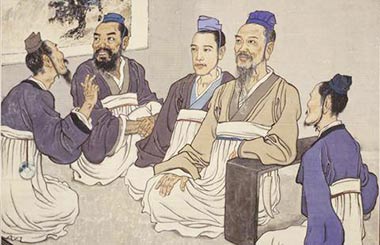




 Raymond Zhou:
Raymond Zhou: Pauline D Loh:
Pauline D Loh: Hot Pot
Hot Pot Eco China
Eco China China Dream
China Dream China Face
China Face

